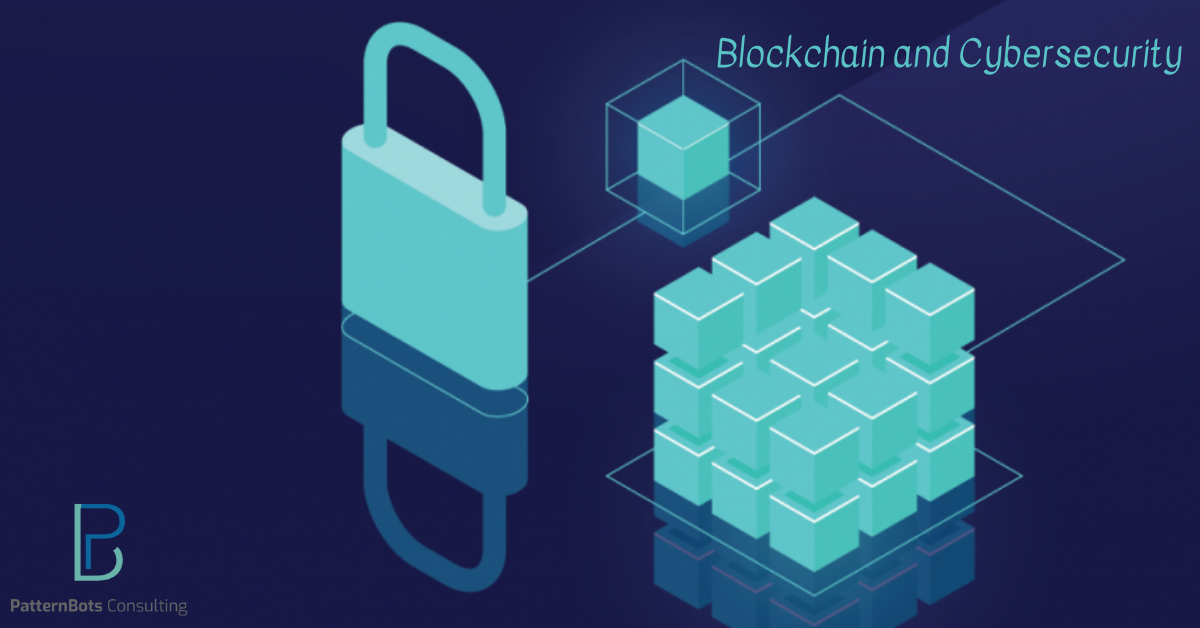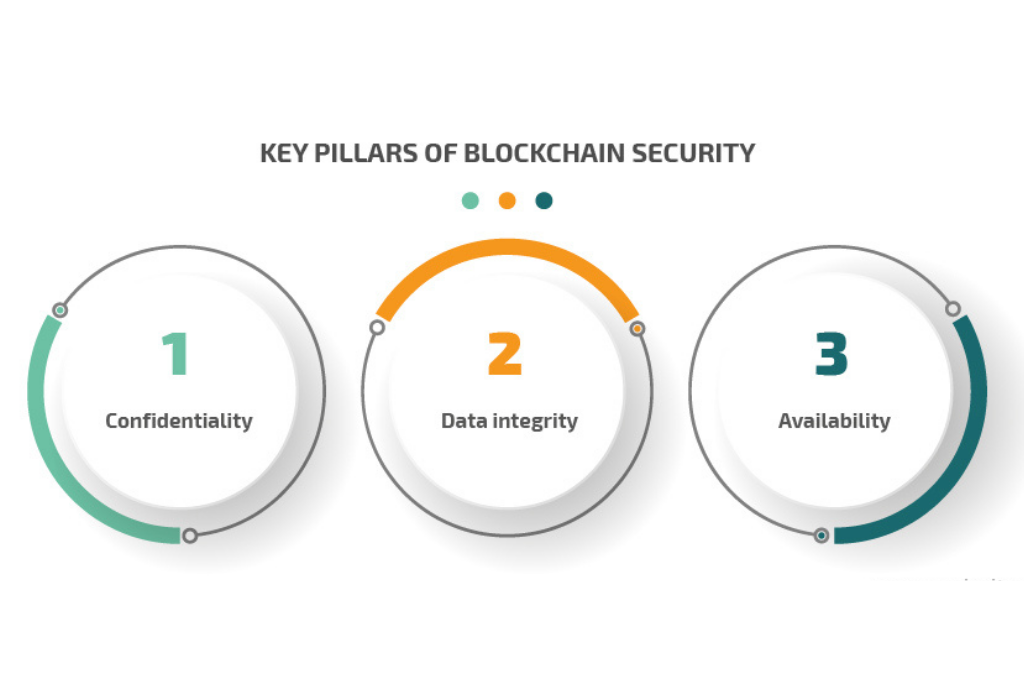
What is the security of your solution, and how strong it is? Can blockchain strengthen security? The potential of blockchain technology focuses on securing data, communications. However, blockchain and cybersecurity capabilities come with a certain price.
In this article, we inspect the fundamentals of blockchain security and analyse the possible impact of the blockchain on the cybersecurity of different niches. We have over-viewed key industries that use the blockchain for cybersecurity.
No cyber system or information is 100% secure. What we see safe today won’t be tomorrow. Cybercrime and the criminal’s ingenuity seek new methods of attack.
Blockchain is gaining focus in 2021, but critics who question the scalability, security and sustainability of the technology remain same. Some underlying blockchain capabilities provide data confidentiality. Organisations need to adopt cybersecurity in order to protect from external attacks.
Traditionally, organisations were shielded by a security parameter around the corporate network to keep malicious actions away. But with time, this model is no more useful and has changed. The boundless model replaced the traditional one. Organisations now focus on operating an “always-on” IT landscape where everyone is remote, mobile and thus less secure, or we can say more vulnerable to problems. Malicious activities have continued to diversify their attacks and become invasive and targeted.
Why blockchain?
Blockchain is far from perfect as it is not as embedded in enterprise security portfolios like other technologies. But looking forward there are chances that it will take centre stage and security continues to emphasise PKI cryptography over human centric decision making.
Traceability challenge!
Blockchain identified every transaction instantly and time-stamped it. From a cybersecurity angle, blockchain provides an organisation with additional reassurance about data authenticity and ensures integrity throughout transactions. Confidentiality of the blockchain ensures data is off limit for external parties.
The central theme of blockchain-based cybersecurity revolves particularly around the traceability issue, and let’s see how it fits in today’s regulatory landscape? The biggest challenge in itself is The GDPR principle around the right to be forgotten, as the blockchain’s immutability depicts data that is not altered or deleted. The best solution to this is to encrypt data stored in the blockchain before entered in the system. So if the encryption keys are destroyed, the data rendered is void and unprocurable.
Blockchain still have room for improvement and obviously by no means a perfected technology. Changes made to design blockchain not only effectively secure data but also hold regulatory compliance.
Decentralisation: the model of the future?
To avoid data stored in a central entity, blockchain is structured in its core design. Data is never stored in a single physical location, and this can be vulnerable to malware intrusions. Every single node across a single blockchain is democratically controlled, and a single compromised node compromises the entire system unexecutable.
The fundamentals of blockchain security
The nature of blockchain is replicable and distributed. What it uses is the latest achievements and consensus of participants in cryptography. So the blockchain-based solutions are safer to cyberattacks than non-blockchain systems. the security of blockchain relies on three major fundamental elements:
Let’s check each characteristic

Let’s look closer at each of these characteristics:
- Confidentiality
To ensure user anonymity, the blockchain provides extensive capabilities. The user key is the only link between the user and data. These keys are easy to anonymise. Some network uses non-interactive zero-knowledge proofs to maximise user’s confidentiality. Along with being open and offering rich opportunities for transaction tracking, blockchain allows users to maintain rich anonymity.
- Data integrity
Blockchains are designed as ledgers using cryptographic hash patterns, and every block is linked to nearby blocks. So once the transaction is recorded on the blockchain, it can’t be changed or altered. Changes made to already recorded data are processed as new transactions.
- Availability
Having a large number of nodes ensures blockchain resilience even when some nodes are unavailable. And as each node in the network have a copy of the distributed ledger, the correct blockchain remains accessible to others in case of a compromised node.
Wrapping up
Thanks to reliable data encryption mechanisms, data integrity, network resilience, and scalability, the blockchain is offering abundant opportunities to maintain a high level of data safety. So for organisations and in almost every industry, switching from traditional databases to blockchain-based systems proves beneficial.
For example, if your car tyre has a puncture, you will stop and ensure to fix it, but if your car does not alert you about fault, you continue to carry on as normal and remain at risk. The same goes for business security, and it needs time to time attention and security system cannot be compromised. Now the question is, how do you know from where to start making it right? How will you improve security?
Blockchain act as a revolutionary solution and organisations should be alert to deal with drawbacks and complications and improve the cybersecurity of products. The key challenges are adaptability, lack of experience and reliance on private keys.